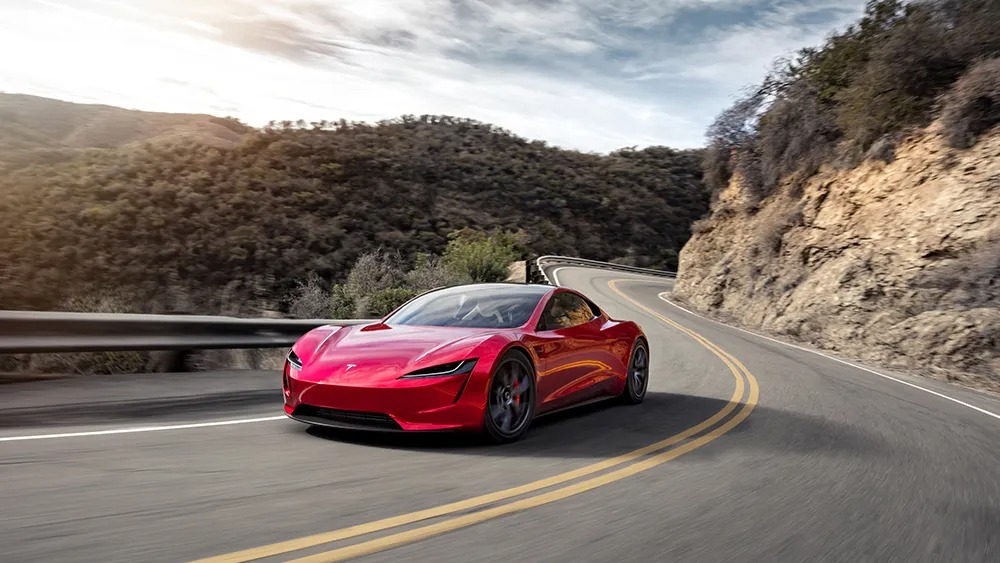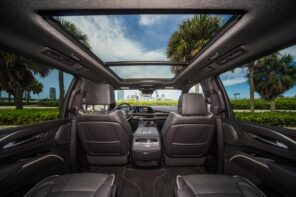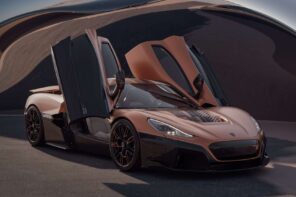Tesla’s CEO stirred the pot once again on his digital platform X late Tuesday, making striking declarations about the automaker’s long-awaited electric sports car, the second-generation Roadster. He assured that it would commence deliveries next year.
Forgive our skepticism, but claims of the Roadster being “just a year away” have been recurrent to the point of frustration. The vehicle’s unexpected introduction happened at a Tesla Semi event in 2017, where it was announced to hit the market by 2020. As that year approached, Musk adjusted the timeline to a “12 to 18 months” production start, a shift partly excused by the onset of the pandemic. Subsequently, in 2021, he postponed its release to 2023, and then again, it was deferred to 2024, now revised to the following year.

“Tonight, we’ve significantly elevated the design objectives for the new Tesla Roadster,” Musk stated, never one to downplay his announcements. “This vehicle, if one might even call it that, will be unparalleled.”
Musk teased that the upcoming EV would be a joint effort between Tesla and SpaceX, indicating that the design phase has concluded and the final model might be showcased before this year ends. But he didn’t stop there; he also proclaimed that the new Roadster would rocket from zero to 60 mph in under a second, “and that’s the least fascinating aspect.” Should this hold true, Tesla’s upcoming model would claim the title of the fastest accelerating production car in the world, surpassing the current leader, the McMurtry Spéirling, by a significant margin.
It’s tempting to view such bold assertions with a degree of skepticism, especially considering Musk’s prior ambitious forecasts for the Cybertruck. He had made similarly groundbreaking assurances for Tesla’s inaugural pickup, though not all were fully realized. Nevertheless, the Cybertruck has entered limited production, a step the Roadster has yet to achieve.





